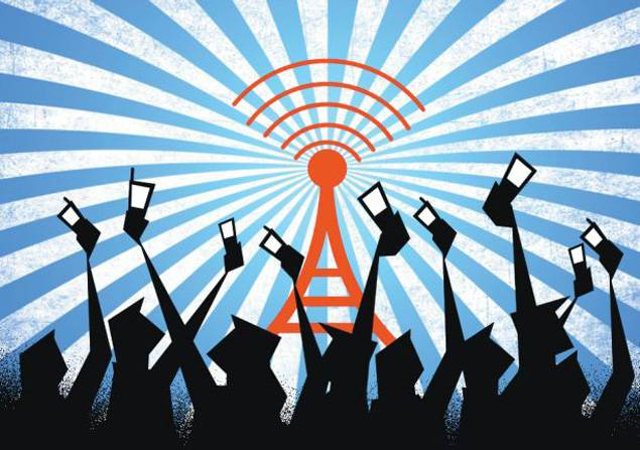How Internet Connectivity Improves People’s Lives in Developing Countries
Internet connectivity can help to improve access to information, opportunities, and services, and can contribute to the overall well-being and development of communities in developing countries, including:
- Education: Internet connectivity can provide access to a wealth of educational resources, including online courses, educational videos, and other materials. This can help to improve the quality of education and expand opportunities for learning, especially for people in remote or underserved areas.
- Employment: Internet connectivity can help people in developing countries to find and apply for jobs, as well as connect with potential employers and clients. It can also enable people to start and run their own businesses, providing a source of income and economic opportunities.
- Health: Internet connectivity can provide access to health information and resources, including telemedicine services, which can improve access to healthcare and lead to better health outcomes.
- Communication: Internet connectivity can help people to stay connected with friends and family, and to access news and information from around the world. It can also facilitate the exchange of ideas and facilitate collaboration with others.
- Political participation: Internet connectivity can provide a platform for people to engage in political discourse and participate in the democratic process, helping to promote transparency and accountability in governance.
Apply Now: $68,000 in Grants for Internet Access and Connectivity
The Internet is a place of possibility and opportunity. It is where we collaborate and innovate for a better world. Where we share our hopes and strengthen our...
Apply Now: $500,000 Research Grants to Improve the Internet
Internet Society Foundation Research Grants
The Research Grant Program from the Internet Society Foundation supports global research collaborations that advance...
Mobile Broadband Internet Increases Household Income in Vietnam
New developments of existing technologies over time have led to emergent patterns of technology adoption and accordingly changing impacts on economy and society. Mobile...
Apply Now: $265,000 for Internet Projects with Asia Pacific Communities
The challenges of improving Internet access are multifaceted and interrelated, particularly in developing countries. Software developers and network engineers need...
Apply Now: $500,000 USAID Grants for Internet Connectivity and Digital Financial Services
Advancing a competitive, innovative, and secure marketplace for Internet connectivity and digital financial services in low- and middle-income countries is crucial...
Can Digital Community Centers Be Financially Sustainable?
To bridge the digital divide, digital community centers — physical spaces that provide access to the internet, technology devices, and digital skills — have...
4 Reasons Why Telecentres Matter in the Mobile Phone Era
In rural areas of Africa, information and communication services provided by telecentres are instrumental in community and national development as well as improving...
USAID How To Guide for Bringing More Women Online
Internet adoption and mobile phone ownership are on the rise globally, yet 2.7 billion people remain unconnected to the Internet. Within this digital divide, there...
3 Ways Starlink is an Extractive ICT Company in LMICs
Starlink is now the big favorite for Internet access across low- and middle-income countries (LMICs) around the world. Every technologist in developing countries...
USAID Cybersecurity Technical Briefs for Your Development Programs
USAID is increasingly leveraging the power of technology to accelerate development outcomes as global connectivity nearly doubling since 2014 to more than 4 billion...











